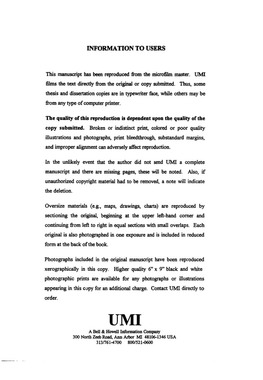| dc.contributor.author | Rodriguez, Cheryl Haskins. | en_US |
| dc.date.accessioned | 2013-08-16T12:29:31Z | |
| dc.date.available | 2013-08-16T12:29:31Z | |
| dc.date.issued | 1997 | en_US |
| dc.identifier.uri | https://hdl.handle.net/11244/5426 | |
| dc.description.abstract | An important characteristic of ionic surfactants is their tendency to precipitate from aqueous solution. Both the thermodynamics and kinetics of surfactant precipitation are important when determining formulation compositions for a surfactant application. In this study, Krafft temperatures of surfactant mixtures, hardness tolerances of synthetic anionic surfactant solutions in the presence of soap, and the kinetics of precipitation of anionic surfactants and anionic surfactant mixtures are studied. A eutectic-type behavior is seen when surfactants are mixed. A Krafft temperature depression occurs when surfactants are mixed due to mixed micelle formation, even if the surfactants form ideal mixed micelles. The addition of a nonionic surfactant to an anionic surfactant can cause an even further Krafft temperature depression. A pseudo-phase separation model can successfully predict mixture Krafft temperatures based on pure surfactant behavior and the interactions in the mixed micelles, using an adjustable parameter to fit the pure component Krafft temperatures. The effect of soap on the hardness tolerance of a synthetic anionic surfactant is to raise the hardness tolerance above the CMC due to enhanced micelle formation. Adjusting the pH changes the ratio of fatty acid to octanoate ion in solution. The molar ratio in the micelles is driven by a lower pH level in the region of the surfactant head groups which synergizes micelle formation. Isoperibol calorimetry is used to investigate the kinetics of precipitation of anionic surfactants and anionic surfactant mixtures. When two anionic surfactants are mixed, the time required for precipitation of a supersaturated solution dramatically increases. Part of the increase in time can be attributed to micelle formation which lowers the initial supersaturation of each anionic surfactant. However, there are also physical interactions during crystallization which greatly affect the kinetics of precipitation. | en_US |
| dc.format.extent | xx, 213 leaves : | en_US |
| dc.subject | Engineering, Chemical. | en_US |
| dc.subject | Surface active agents Thermal properties. | en_US |
| dc.subject | Surface active agents Solubility. | en_US |
| dc.title | The thermodynamics and kinetics of precipitation of anionic surfactants and surfactant mixtures. | en_US |
| dc.type | Thesis | en_US |
| dc.thesis.degree | Ph.D. | en_US |
| dc.thesis.degreeDiscipline | School of Chemical, Biological and Materials Engineering | en_US |
| dc.note | Source: Dissertation Abstracts International, Volume: 58-01, Section: B, page: 0308. | en_US |
| ou.identifier | (UMI)AAI9719901 | en_US |
| ou.group | College of Engineering::School of Chemical, Biological and Materials Engineering | |
